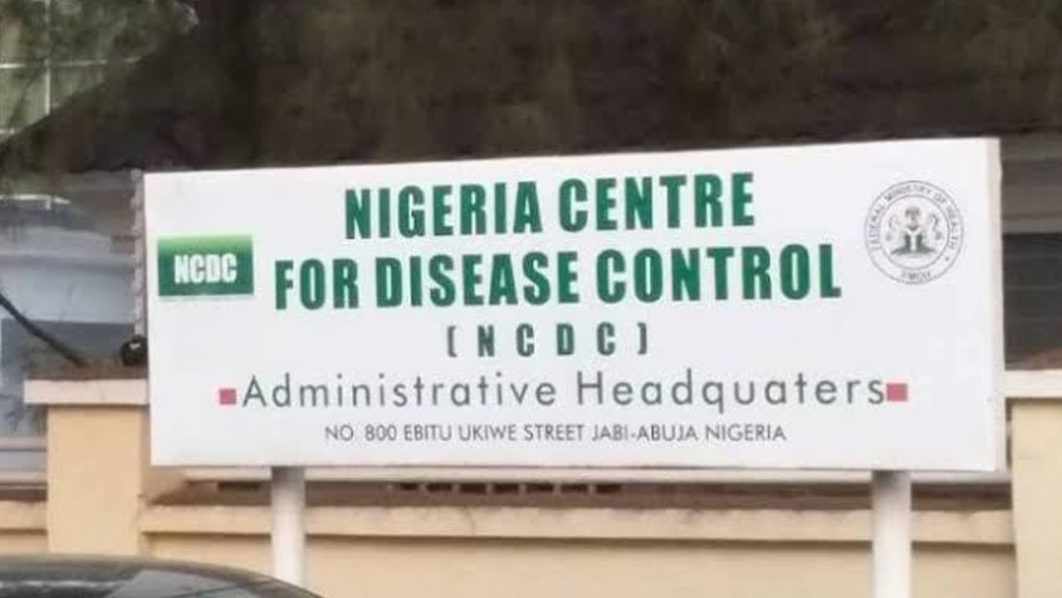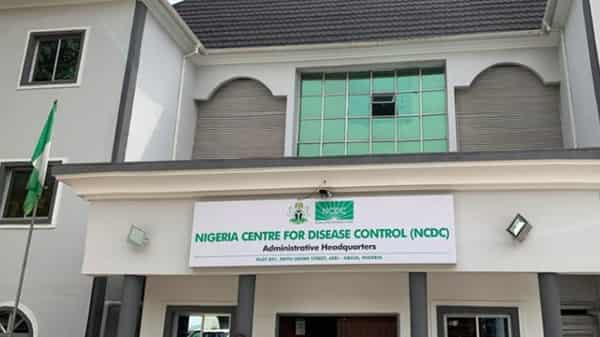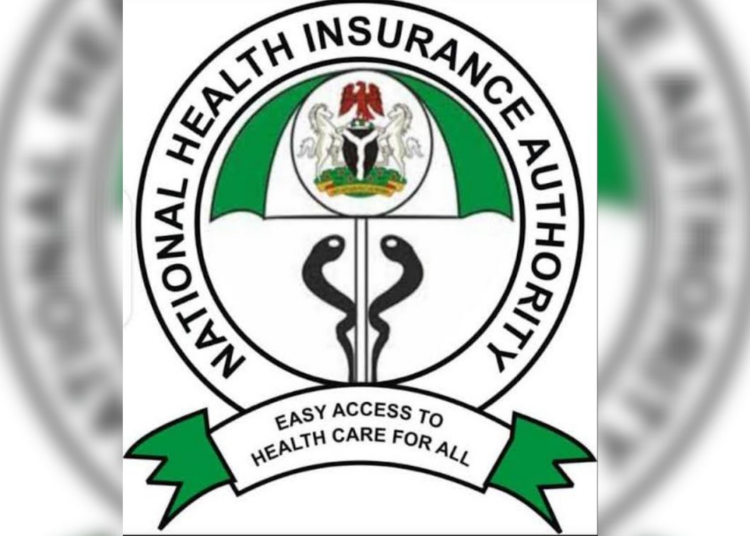
Following the detection of the SARS-CoV-2 XEC sub-variant reportedly in circulation in Australia, the Nigeria Centre for Disease Control and Prevention (NCDC) has urged all health facilities, both public and private, to increase testing for COVID-19 on suspected patients.
It advised that all positive samples should be sent to the NCDC laboratory and other public health-accredited laboratories for sequencing.
Meanwhile, the NCDC has allayed the fears created in the public space about the new COVID-19 variant, which is a sub-lineage of Omicron, stressing that the variant has not been detected in Nigeria.
In a public advisory issued by the centre, NCDC noted that the recent detection of the SARS-CoV-2 XEC sub-variant—a descendant of the Omicron lineage—has highlighted the ongoing evolution of the COVID-19 virus, adding that there are many variants of SARS-CoV-2 being monitored globally.
The statement read: “Currently, the JN.1, classified as the Variant of Interest (VOI), is now reported in 132 countries, including the United States, India, Australia, the United Kingdom, China, New Zealand, Thailand, Canada, and Singapore, and Nigeria. A VOI is not yet deemed to pose serious risk. The XEC is a subvariant of JN.1 and has been designated as the Variant Under Monitoring (VUM), i.e., being watched for potential concerns and not considered to pose a significant risk, and not yet meeting the criteria for designation as VOI.
“There has been a reported rise in COVID-19 cases linked to the XEC variant, which has been detected so far in 43 countries across different continents: Europe, Asia, North America, and recently in Botswana, Africa. Though the JN.1 has been reported in Nigeria since January 2024, the XEC variant, which is a descendant of the Omicron lineage JN.1, has yet to be detected in Nigeria.”
According to the NCDC, the JN.1 sub-variants are dominant globally and are the fastest-growing among currently circulating variants of SARS-CoV-2. The XEC subvariant has exhibited higher transmissibility compared to other variants but has not shown evidence of increased severity.
The agency observed that the National COVID-19 Technical Working Group (COVID-19 TWG) continues to monitor and conduct analyses of surveillance data both internationally and across the country to guide public health response activities.
NCDC stated that, in line with its emergency preparedness and response strategy, it has continuously upgraded and is updating strategies and capabilities, including surveillance, detection, stockpiling, and training for a quick and effective response.
The agency urged the public not to panic but pointed out that COVID-19 remains a significant risk, particularly for the elderly, individuals with underlying chronic illnesses, those undergoing cancer treatment, organ transplant recipients, and individuals with suppressed immune systems.
It advised Nigerians to continue to adhere to the basic public health safety measures and simple precautions such as maintaining good personal hygiene by washing hands regularly with soap and running water, especially after blowing the nose, coughing, or sneezing, among others.
Other safety measures include covering your mouth and nose with a tissue when coughing or sneezing, or into a bent elbow, using an alcohol-based hand sanitiser containing at least 60% alcohol if soap and water are not available, wearing masks if they have flu-like symptoms such as coughing or sneezing, or if you are at risk of severe disease, and using a mask in crowded and high-risk situations.
NCDC noted that state governments play a critical role in ensuring the public health infrastructure is responsive and resilient and urged them to support public health systems in the state, including laboratories and healthcare facilities, with resources to improve surveillance and diagnostic capabilities, while ensuring the existing treatment centres are in ready condition.






